Rewilding: 10 ways to rewild your garden
A new generation of gardeners is considering how the land can be returned to – or shared with – nature


Rewilding is all about control – when to apply it and when to give nature free rein. This year, rewilding, where land is returned to natural habitats that provide water, food and shelter to all creatures great and small, is set to be more important than ever, with our renewed focus on the environment post-pandemic.
Read on to find out everything you need to know about rewilding your garden.
- See more: Wildlife garden ideas – make your garden wildlife-friendly
What is rewilding?

Few have popularised the idea as much as Isabella Tree, whose book Wilding (£9.99, Picador) charts the transformation of the Knepp estate in West Sussex and became a Sunday Times best-seller when it was published last year.
Over two decades Isabella, and her conservationist husband Charlie Burrell, turned their 3,500-acre arable farm into a haven for wildlife, including turtle doves and nightingales, 13 species of bat and flocks of purple emperor butterflies as well as free-roaming longhorn cattle, Tamworth pigs, Exmoor ponies and deer, which manage the landscape as they graze and forage. They allowed the vegetation to grow freely and a richly diverse and wild landscape followed.
According to Isabella, we need to reset our assumptions of what a landscape should look like. ‘Sit back and let nature take the driving seat. Learn not to be in control; we’ve got to relax and let go.’
The remarkable success of Knepp is, along with other rewilding projects, inspiring both professional and residential landowners to follow suit. At Hawthbush Farm in Kent, Lisa O’Connor and her husband Toby have spent a decade converting arable land to organic grassland, establishing wildflower meadows and traditional hedgerows.
‘The effects on the numbers of birds and insects have been overwhelming,’ says Lisa. But, she adds, all these principles can apply on a domestic scale too. ‘Small wildflower meadows are beautiful and can be established in a garden with some careful preparation. They require a cut once a year. If you have a larger garden or a troublesome corner, let it go! Just stop cutting it and watch nature take over.’
Design expertise in your inbox – from inspiring decorating ideas and beautiful celebrity homes to practical gardening advice and shopping round-ups.
Sometimes a wild patch in a garden can be more choreographed. Gardener and writer Arthur Parkinson has transformed a barren verge opposite his home in Nottinghamshire into a wild meadow with crab apple trees and spindle bushes that provide fruit for birds.
Meanwhile, pollinator-friendly roses, buddleia and cardoons are all underplanted with a succession of bulbs from narcissi, tulips and alliums through to gladioli. It’s beautiful to look at but the focus is on wildlife – annual red millet and teasels are grown for finches, while nettles are tolerated as they are crucial for butterflies to lay their eggs.
Arthur’s advice for home gardeners? ‘Those cheap perennials in the supermarket and garden centers can be full of chemicals or mass-grown in peat. The ivy we want to take off a wall is more of a nature reserve than we could possibly imagine. We need to think more and ask questions. It’s hopeful to see that a lot of the main bulb and plant growers are now stopping the use of peat, which is a valuable habitat for wildlife, and banning the use of pollinator-crippling neonicotinoids (insecticides) in nurseries. Organic plants and bulbs are the way forward.’
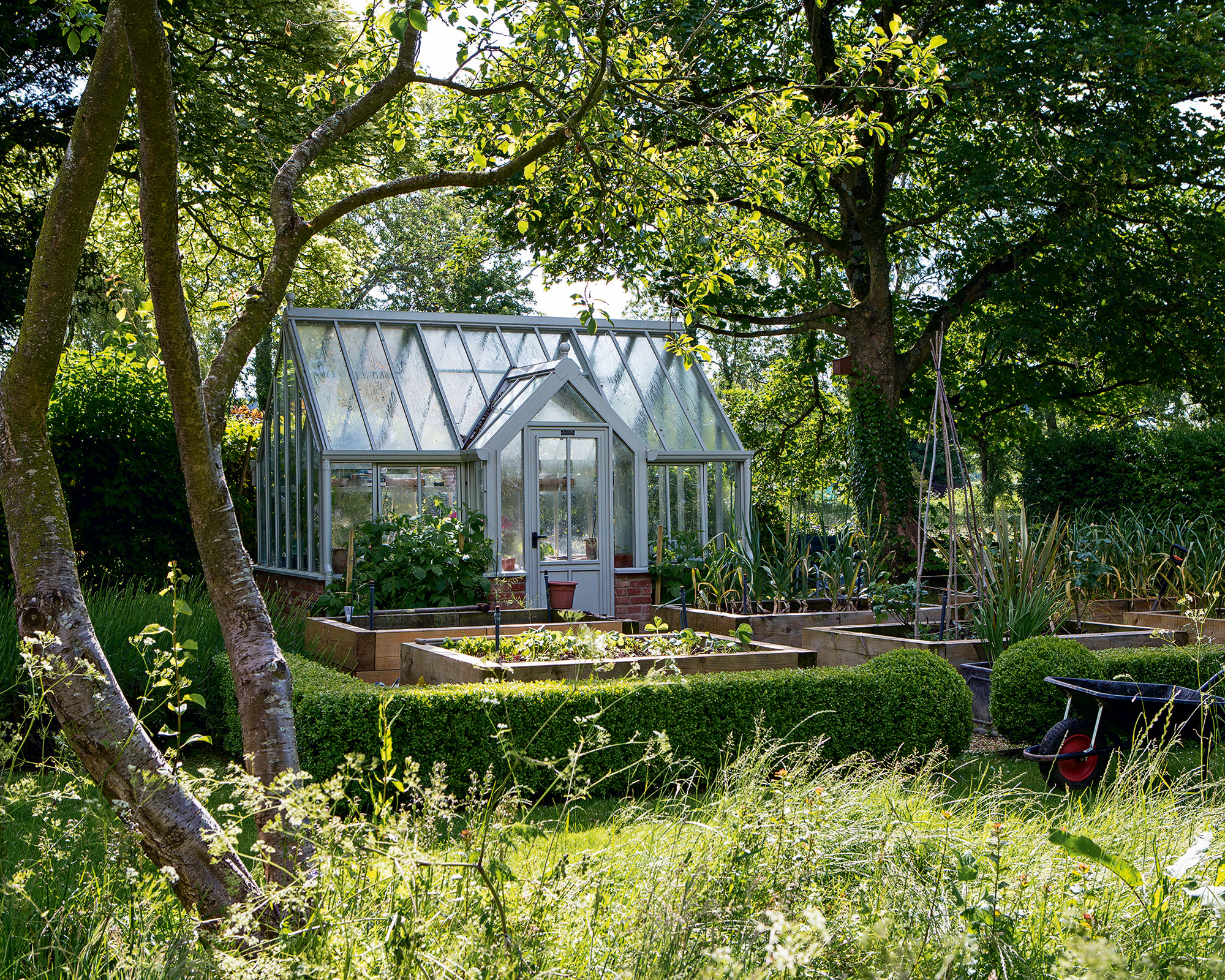
The growing interest in a wilder and more ecological approach is echoed in a clutch of new books. Gardeners’ World presenter Frances Tophill’s Rewild Your Garden (£15, Quercus, to be published in August) is a guide to sustainable ways to grow in a variety of spaces, from balconies to large gardens.
And in Wild Your Garden (£14.99, Dorling Kindersley), the Butterfly Brothers (garden designers Jim and Joel Ashton) take us through the key steps to inviting nature back into a space. Like Arthur Parkinson, they highlight how layering plants is crucial for wildlife – a mix of trees, shrubs and climbers will, over time, create shelter for myriad animals. And simple changes, such as planting a native hedge rather than a fence, planting swathes of nectar-rich flowers or adding a small pond, can transform a space. ‘A successful wild garden is one that takes its inspiration from natural habitats and offers a home from home for native wildlife.’
Provide these things and wildlife will start to inhabit your garden almost right away, creating a soothing and uplifting space for us humans too. Who doesn’t want to wake up to birdsong, marvel at a busy bumblebee or follow a fluttering butterfly through a rich and wild garden on a summer’s day?
10 ways to rewild in your own backyard

1. Swap chemicals (herbicide, fungicide, pesticide) for organic methods
If you are rewilding your garden, use nematodes to deal with slug issues or introduce predators such as ladybirds if you have problems with aphids (greengardener.co.uk). Swap fertilisers for an organic seaweed feed.
2. Don’t obsess over mess
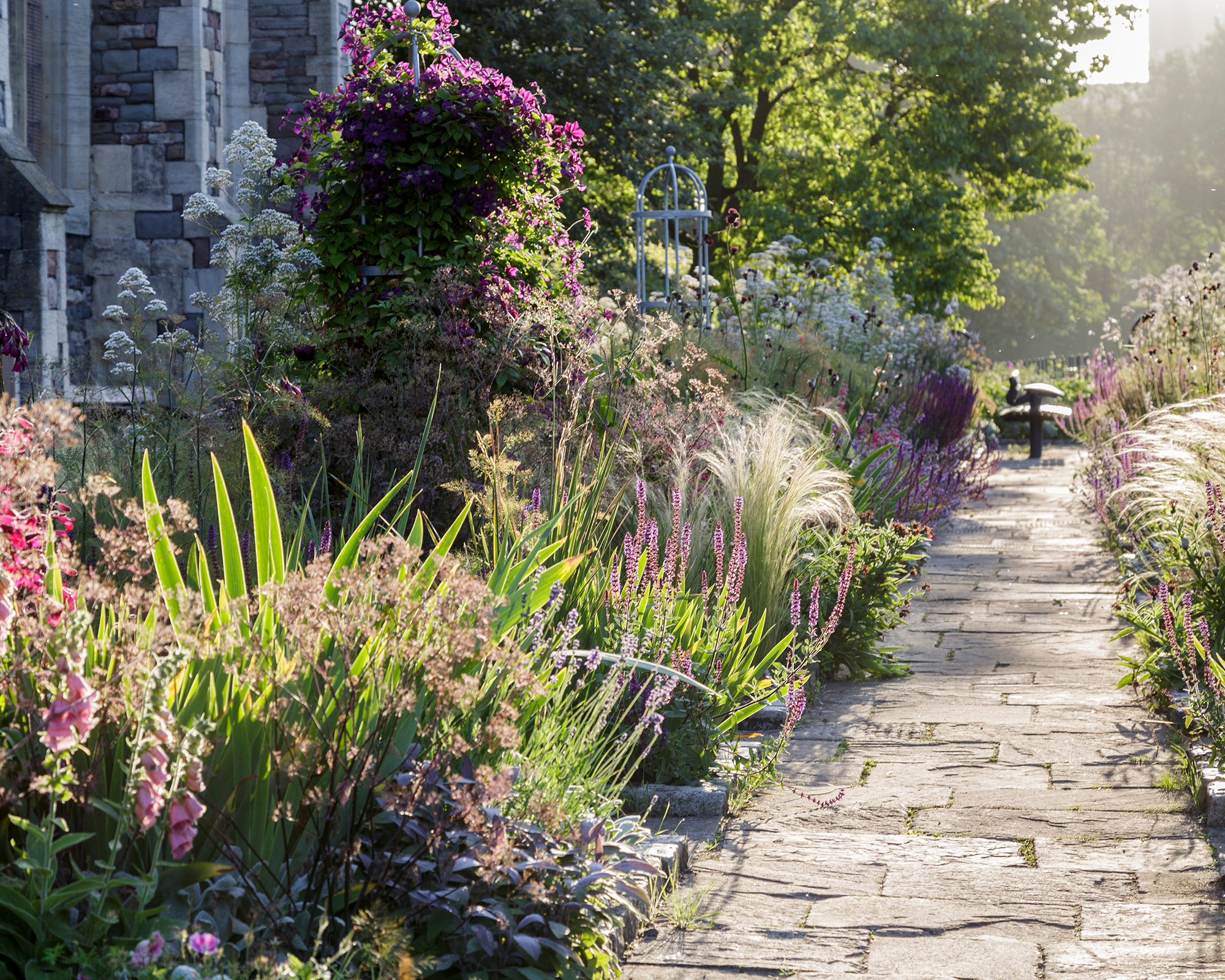
Rewilding means you can let grass grow long, learn to love a few weeds and accept that a thorny corner of bramble or thicket provides valuable shelter and food for birds.
3. Shop more responsibly
Ask your nursery questions about their practices. Seek out plants grown in peat free compost and without chemicals.
4. Create a source of water

Any fresh water source will be a bonus for wildlife – it can be as simple as an upturned dustbin lid that you can regularly refresh.
5. Introduce pollinators
Choose flowering plants that are best for pollinators – a single or semi-double rose with an open shape is far preferable to a densely petalled closed bloom.
6. Plant wild flowers
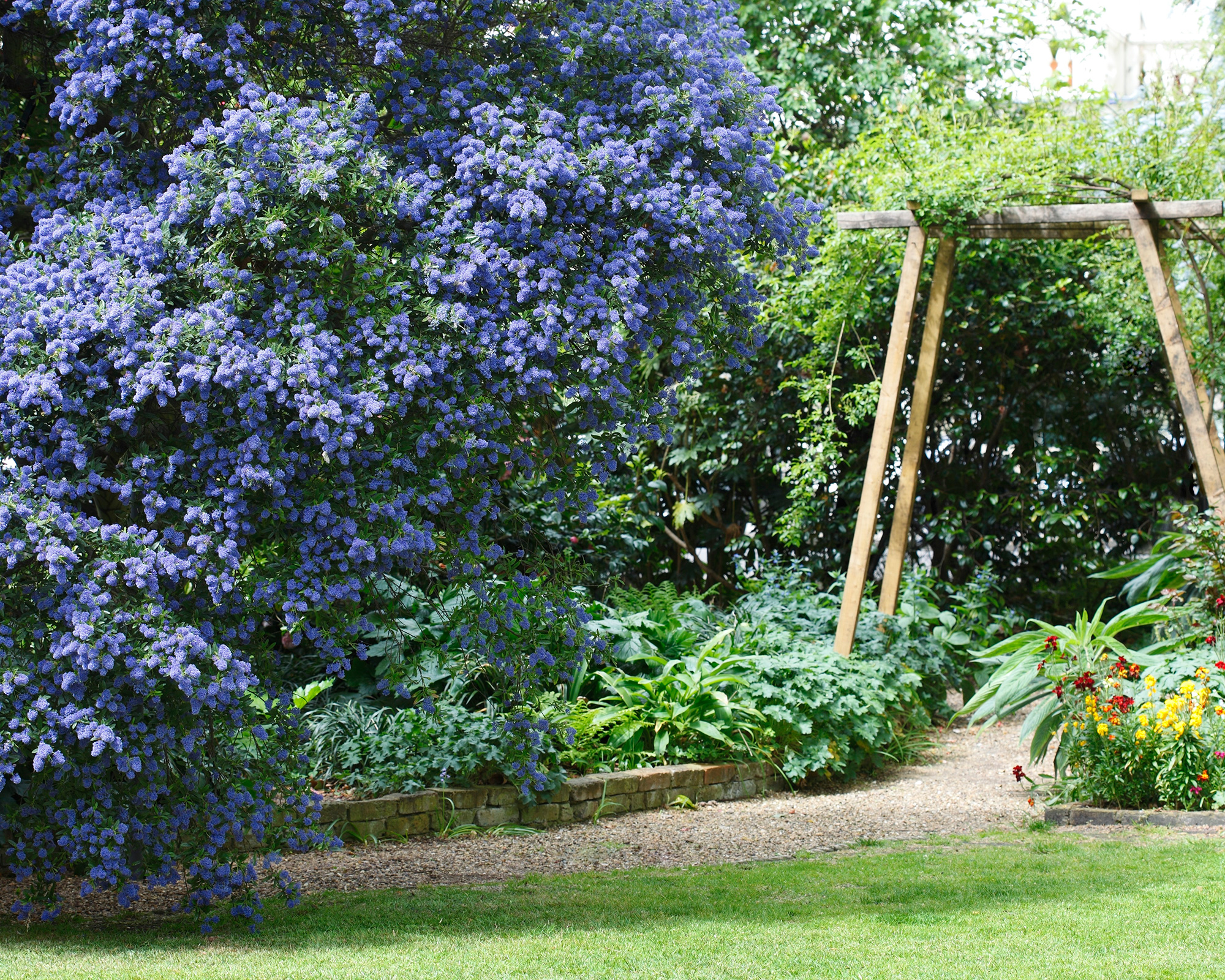
If you are wilding grassy areas then choose plants that can cope with competition such as meadow geraniums, wild roses and poppies.
7. Reuse waste
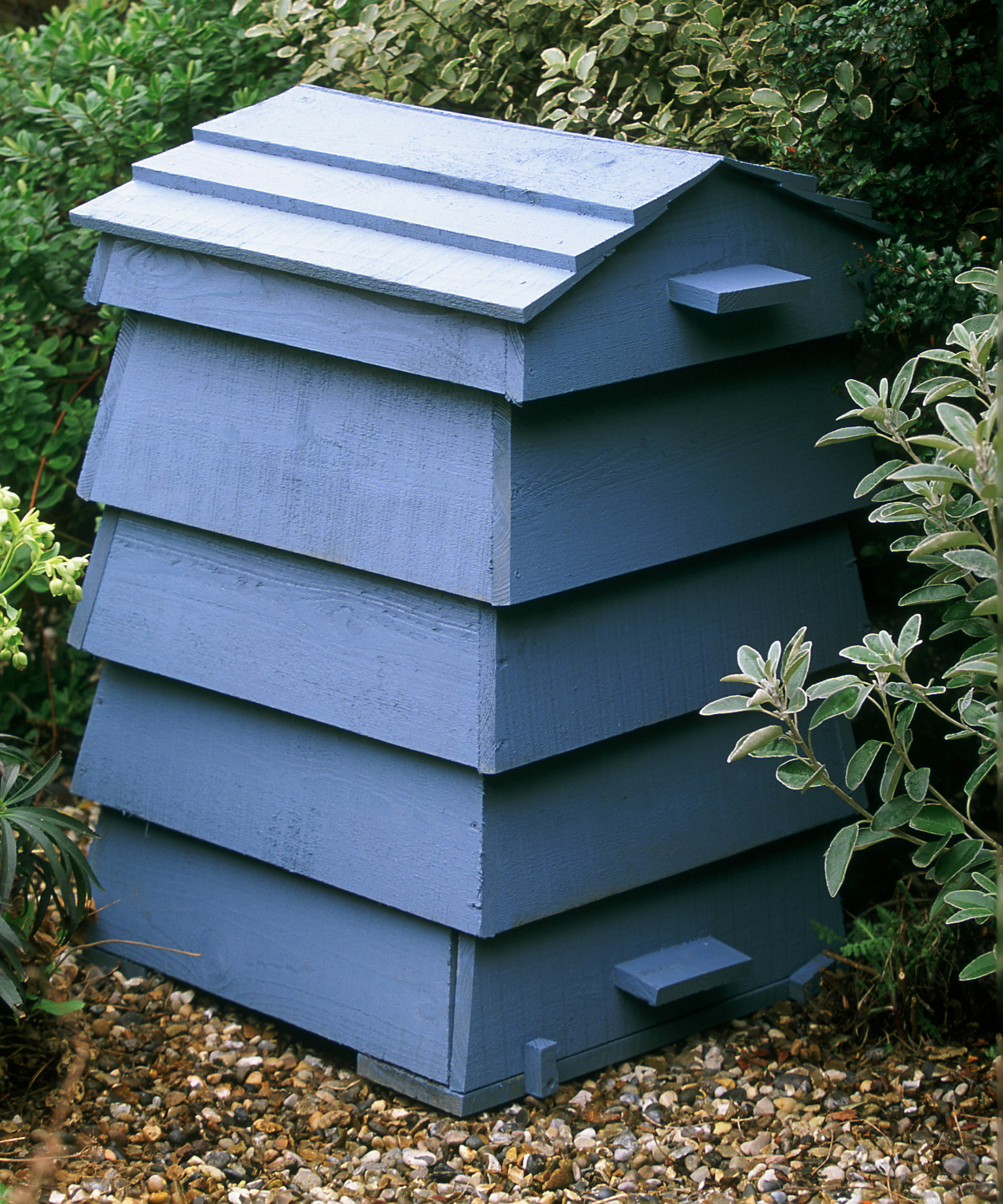
Compost garden waste and put all the goodness back into your soil.
8. Do away with traditional fencing
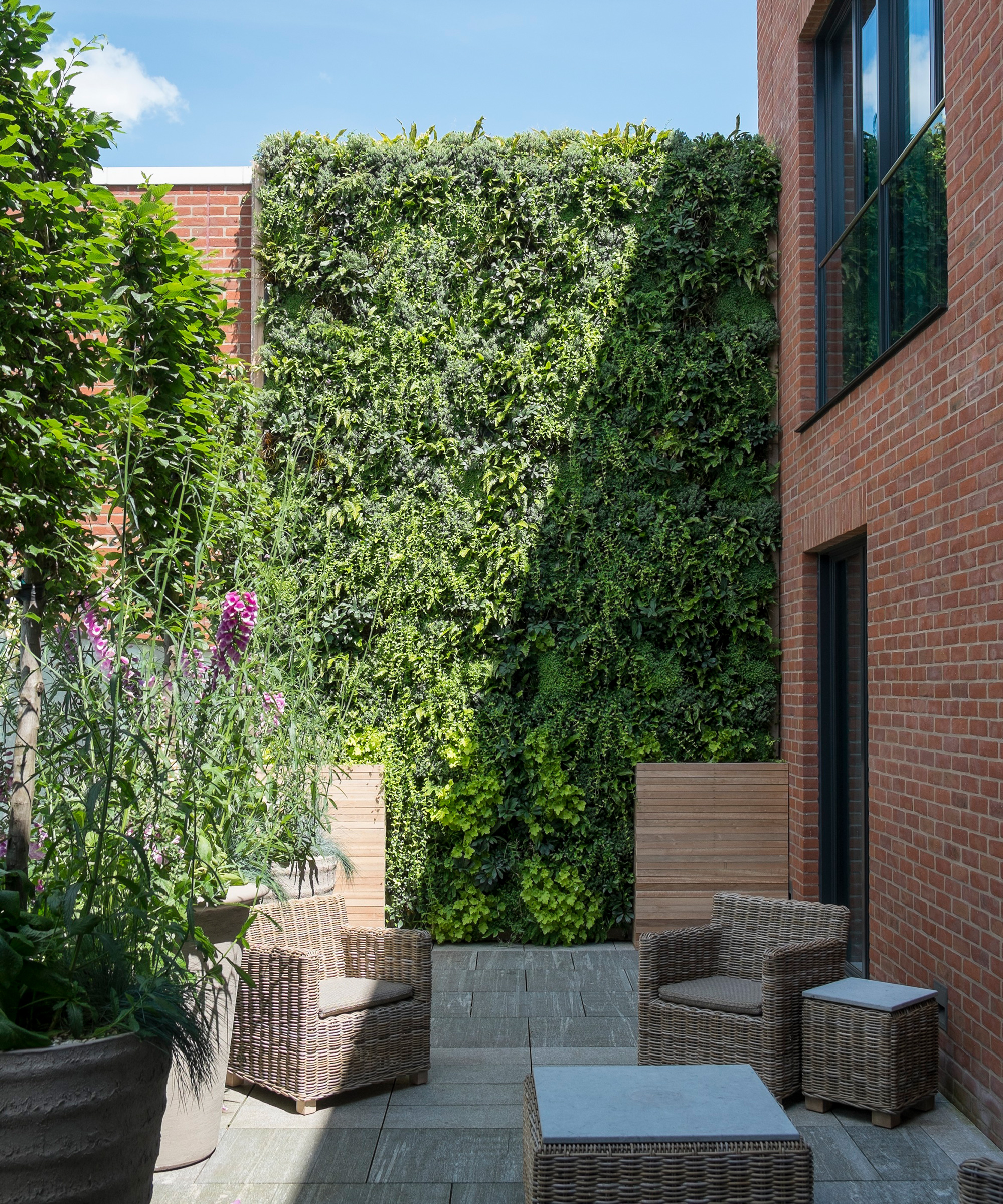
Plant native hedging rather than fencing – it will provide shelter to birds and if it has flowers and berries (hawthorn, cotoneaster, blackthorn, holly) all the better.
9. Make space for animals
Create corridors – cut holes into fences to allow hedghogs to roam.
10. Feed your soil
Healthy soil will create a biodiverse garden from the ground up. Top borders and bare earth with a deep mulch of organic matter in autumn or spring to increase soil health.
Is rewilding a good idea?
Indeed it is. Rewilding is hugely beneficial to your garden's soil and eco-system, and therefore to the insects, birds and animals that depend on it.

Jennifer is the Digital Editor at Homes & Gardens, bringing years of interiors experience across the US and UK. She has worked with leading publications, blending expertise in PR, marketing, social media, commercial strategy, and e-commerce. Jennifer has covered every corner of the home – curating projects from top interior designers, sourcing celebrity properties, reviewing appliances, and delivering timely news. Now, she channels her digital skills into shaping the world’s leading interiors website.